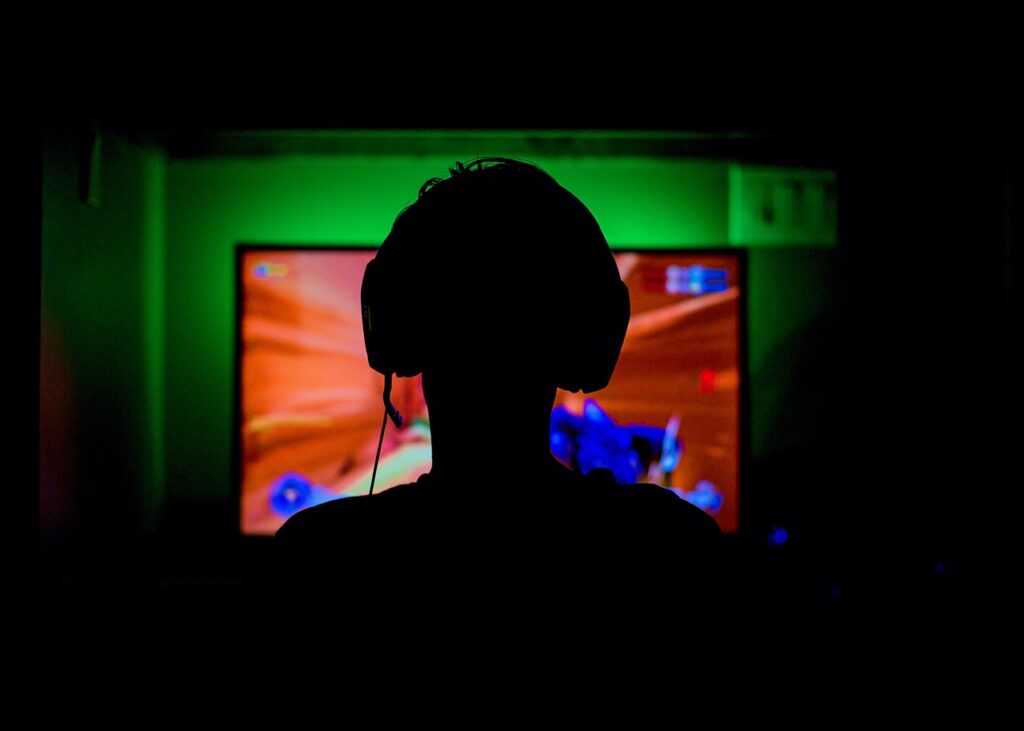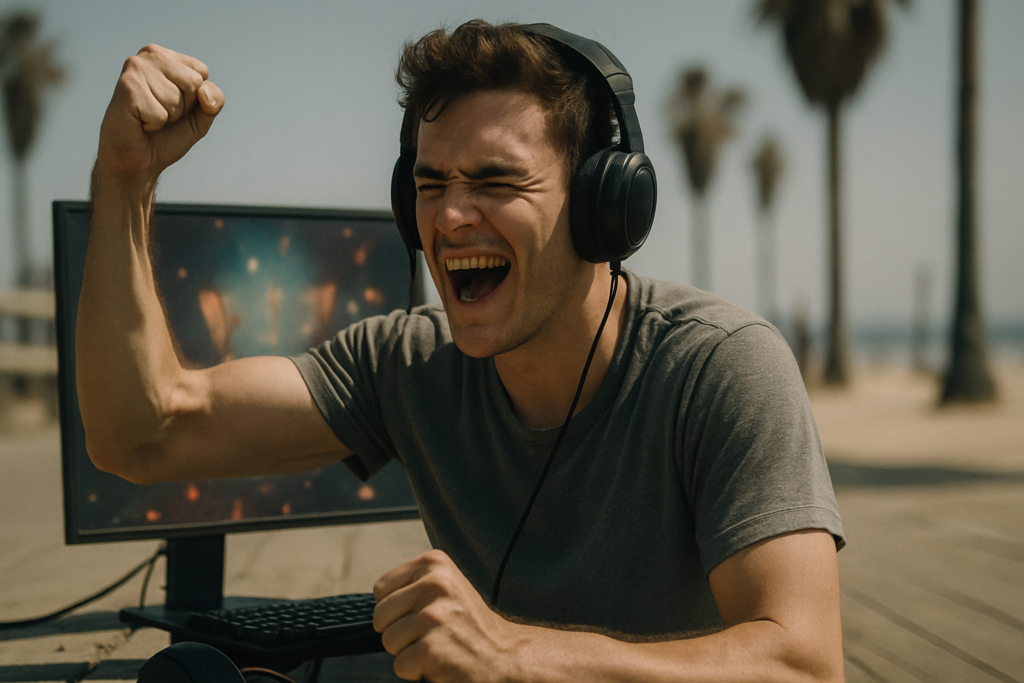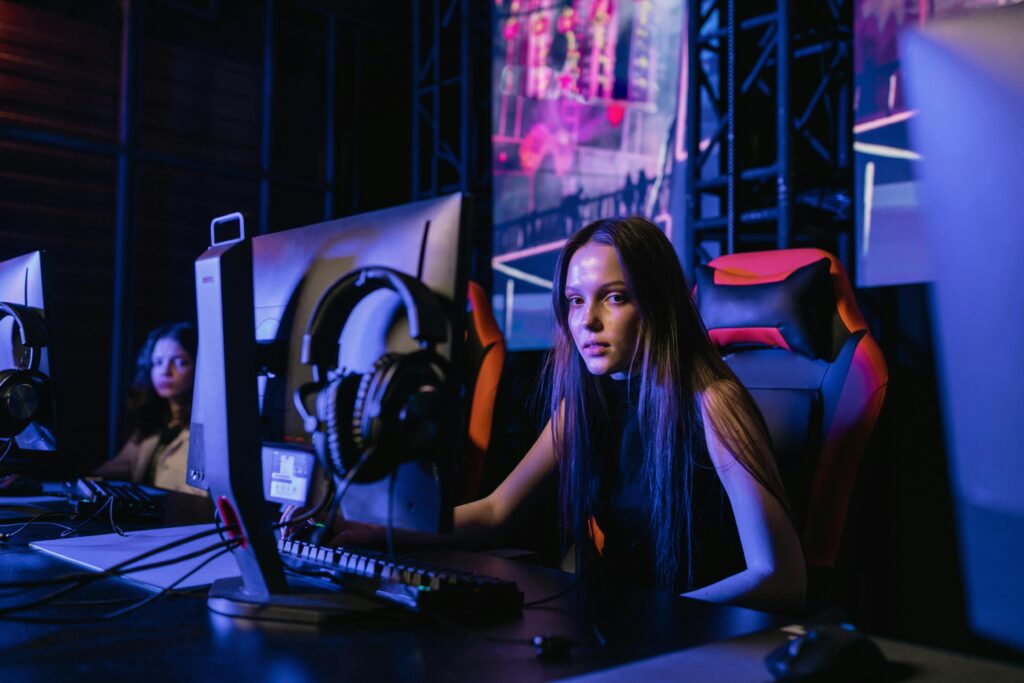Mass tournaments in esports are pushing professionalism, viewership, and competition to new heights. Big events like CS2 Majors and Dota2’s The International set standards for prize pools and global engagement. Teams like Vitality are dominating and showing what happens when preparation, talent, and consistency align. If you want to level up your game, both in mindset and mechanics, the trends and lessons from these tournaments are worth paying attention to.

CS2 BLAST Austin Major 2025
The BLAST Austin Major 2025 in Counter-Strike 2 was one of those tournaments that felt like a moment in history. Held between June 3–22, 2025, it was the third CS2 Major Championship and gathered 32 of the best squads from across the world. From big-name European organizations to hungry qualifiers from Asia and the Americas, the lineup showed just how global the Counter-Strike scene has become.
The tournament ended with Team Vitality taking the crown, beating The MongolZ in the finals with a 2-1 scoreline. For fans, it was more than just a victory; it felt like a statement. Vitality has been unstoppable in 2025, stringing together long win streaks, crushing top-ranked teams, and showing consistency across every format. Analysts have already started calling this the “Vitality Era”, comparing it to previous golden runs like Astralis in CS:GO or Na’Vi in Dota2.
What’s more impressive is how clean their play looked. Every round felt drilled, every clutch executed with ice-cold nerves. Watching them, you get the sense that their dominance doesn’t just come from talent—it’s the product of years of preparation, structure, and training routines that are closer to traditional sports than ever.
And if you’re sitting at home thinking, “I want to shoot like that,” well, here’s the kicker: pro-level aim isn’t only about talent. It’s about building muscle memory and keeping it consistent. That’s why tools like a mouse sensitivity converter are actually useful. If you swap between games—Valorant, Fortnite, Call of Duty, CS2—you don’t want to “reset” your feel each time. A converter keeps your sensitivity settings equal across games so your aim stays sharp and doesn’t waste months of training. Small details like this separate casuals from people who improve fast.

Dota2 The International 2011
To really see how far esports tournaments have come, you have to look back. The International 2011 (TI1) was Dota2’s first big global moment. It was held at Gamescom in Cologne, Germany, and for the time, it was unprecedented.
The winners? Natus Vincere (Na’Vi), led by Danil “Dendi” Ishutin, one of the most iconic figures in Dota history. They beat the Chinese powerhouse EHOME in a 3-1 grand final. This win didn’t just give Na’Vi a title; it turned them into legends overnight. Fans still reference that squad when they talk about esports’ early days.
The prize pool was the real shocker. At $1.6 million, it was unheard of in 2011. Back then, most esports tournaments had five-figure or maybe low six-figure rewards. TI1 set a bar that other games couldn’t even dream of reaching at the time.
But the magic wasn’t just in the number. It was in the model. Over the years, Valve shifted to a crowd-funding approach using in-game battle passes and cosmetics. Fans didn’t just watch The International; they funded it. This system allowed later TIs to balloon to record-breaking prize pools, often in the tens of millions. For example, TI10 hit over $40 million, dwarfing most traditional sporting events. It created a cycle: fans support the game financially, players get massive incentives, and the entire esports ecosystem gains credibility.
In many ways, TI1 marked the end of esports’ “pre-golden era.” Before then, competitive gaming was niche. After TI1, it was clear the industry could scale—and that mass tournaments would drive that growth.
CS2 Events vs Dota2 Events
Comparing CS2 and Dota2 is fascinating because they represent two pillars of modern esports, but their approaches and outcomes differ.
On one side, CS2 thrives on frequency and accessibility. Tournaments like the Perfect World Shanghai Major 2024 or the BLAST Majors are built around consistency. Fans get several massive events per year, teams travel across continents, and the competitive calendar feels alive all year round. On top of that, exhibition events like Valorant show-matches or mixed-title tournaments bring crossover audiences.
On the other side, Dota2 focuses on one colossal event: The International. Sure, there are smaller tournaments like ESL One and regional leagues, but TI overshadows everything. The entire year builds up to it, and fans treat it like the Super Bowl of esports.
Now here’s the interesting part: CS2 is arguably more popular than Dota2 in terms of active players and consistent viewership. It has broader appeal across regions, especially in Europe, the Americas, and now Asia with the rise of Mongolian and Chinese teams. Yet when it comes to prize pools, Dota2 still dominates.
Why? The answer lies in funding. Dota2’s prize pool is fan-driven, fueled by battle pass sales and cosmetics. CS2 prize pools, on the other hand, rely more on organizers, sponsors, and publishers. It’s a structural difference. Dota2 may have fewer tournaments, but its single massive event guarantees headlines every year. CS2 spreads its hype across multiple Majors and circuits.
Go Play Street 3v3
Lol, yeah… sometimes the best way to get better at games is to leave the PC behind. Grab a ball, head outside, and play basketball 3v3 for just one basket. It sounds simple, maybe even silly, but the effect is real.
When you’re playing basketball, you’re training things that directly translate to esports:
- Decision-making under pressure: Just like clutching a round in CS2, you have to decide fast. Pass, shoot, or defend.
- Team communication: Call out screens or passes—same as calling rotations in a match.
- Reflexes & prediction: Anticipating your opponent’s movement in basketball isn’t that different from predicting a peek in CS2.
But beyond that, physical activity keeps your body and mind sharp. Health and stamina matter more than people think. Sitting for hours grinds you down, but a body with good circulation and endurance gives you more focus. Fresh air and exercise improve concentration, which helps when you’re grinding ranked matches or playing a best-of-five that runs late into the night.
So, if you want to play like a pro, don’t just copy their sensitivity settings—copy their lifestyle balance. Many esports pros now work with fitness trainers, nutritionists, and psychologists. It’s all connected.
Mass Tournaments Recap
Esports is a phenomenon we get to watch unfold in real time. Some people think we’re at the “birth” of esports, but really, tournaments go back to the 90s. What’s different now is the scale. We’ve gone from local LAN parties to arenas filled with tens of thousands of fans, broadcast to millions online, with players earning life-changing money.
And here’s the coolest part, it still feels like the early days. As much as has happened, the esports potential is even greater. More regions are getting involved, more games are stepping onto the stage, and technology keeps making events more spectacular.
So whether you’re grinding ranked, watching from the stands, or just hooping outside to stay sharp, remember this: we’re living in the rise of esports. And mass tournaments are what’s carrying it to heights no one could have imagined twenty years ago.




